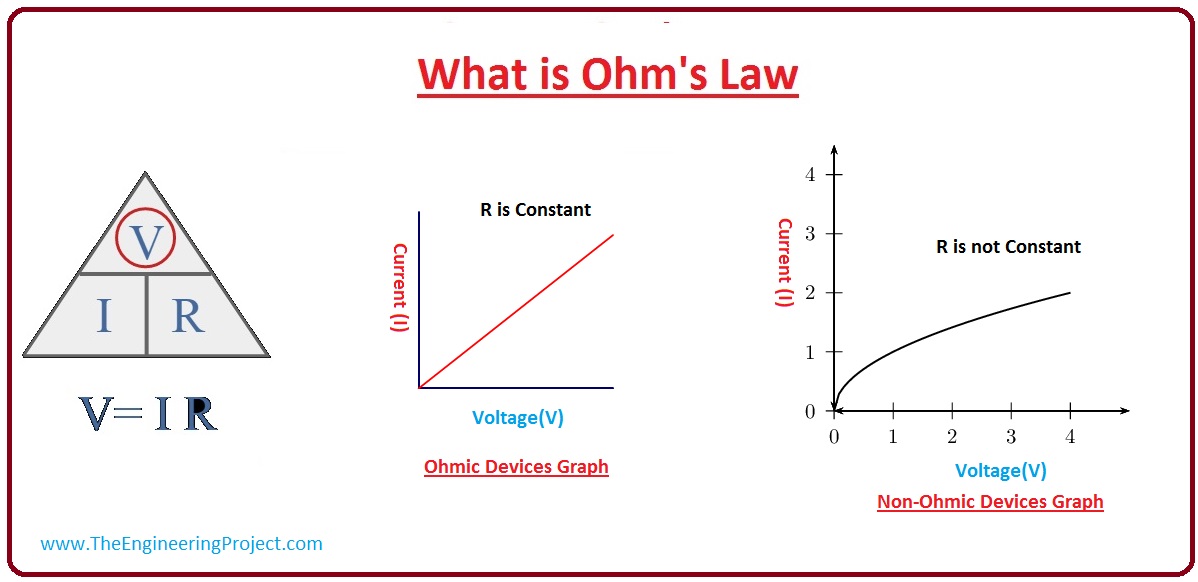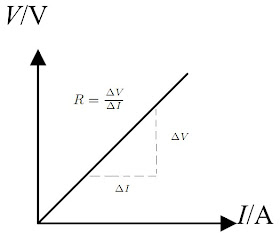Define Ohm S Law With Graph

The gradient of a current against voltage graph is equal to 1 resistance of the component.
Define ohm s law with graph. Ohm s law states that the voltage or potential difference between two points is directly proportional to the current or electricity passing through the resistance and directly proportional to the resistance of the circuit the formula for ohm s law is v ir this relationship between current voltage and relationship was discovered by german scientist georg simon ohm. Plot a graph between v and i. Where i is the current through the conductor in units of amperes v is the voltage measured across the conductor in. So if you plot a graph of current against voltage you will get.
Thus this law of ohm can be expressed with the equation or formula v ir thus the derivation of ohm s law is done. Ohm s law states that the current through a metallic conductor is proportional to the potential difference across it if the temperature remains constant. Ohm s law synonyms ohm s law pronunciation ohm s law translation english dictionary definition of ohm s law. These components obey ohm s law.
Ohm s law states that the current through a conductor between two points is directly proportional to the voltage across the two points. So we have seen that this law of ohm can be expressed with the formula or equation v ir where v is the potential difference across the metallic element and i is the current flowing through the element. The values of current i flowing through a conductor for the corresponding values of potential difference v are given. Introducing the constant of proportionality the resistance one arrives at the usual mathematical equation that describes this relationship.
Hence ohm s law which states that ratio of potential difference and electric current remains the same is verified q1. R is the electrical.


















